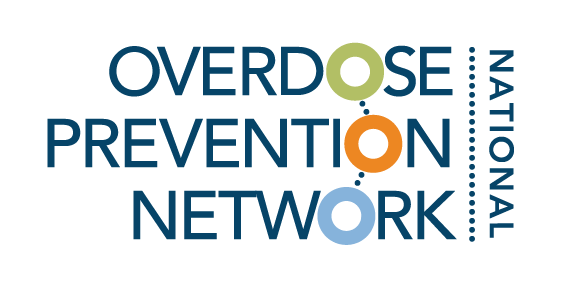
Resource Library
Toolkits, guides, and other resources vetted by experts in overdose prevention.
Filter by category and tags, or search by keyword (ex. COVID-19, harm reduction).
Indicators Used by COPN Coalitions to Leverage Data into Action
This catalog of data indicators was compiled by Accelerator 3.0 subject matter expert, Andy Krackov, data coach and analyst. It compiles a list of indicators that participating COPN Accelerator 3.0 coalitions are using for their data analysis.
Health Access Vending Network Operations Manual
This operations manual is to provide those interested in implementing the HAVEN Project or a harm reduction vending machine project with a framework and additional tools to guide the process of establishment of a local program.
Know Your Rights
This fact sheet is a pocket resource for knowing rights to possession of overdose prevention materials, such as syringes, naloxone, or potentially other substance use materials.
Safety First: Real Drug Education for Teens
This curriculum is a comprehensive tool for teachers that allows them to have honest conversations about drugs with their students, equipping them with the skills to navigate their risks. It is the nation’s first harm reduction-based drug education curriculum for high school students.
David Kan, MD: Why use Telemedicine to Treat Opioid Use Disorder?
Dr. David Kan of Bright Heart Health discusses the rise of telemedicine during the COVID-19 pandemic, and how we can utilize telehealth going forward to treat people with substance use disorder.
The Americans with Disabilities Act and the Opioid Crisis: Combating Discrimination Against People in Treatment or Recovery
This guidance document provides information about how the ADA can protect individuals with OUD from discrimination. It involves a comprehensive approach prioritizing prevention, enforcement, and treatment. While this document focuses on individuals with OUD, the legal principles discussed also apply to individuals with other types of substance use disorders.
California Family Code 6929
California Family Code 6929 describes minor consent to drug services, and part (b) states that minors age 12+ may consent to diagnosis and treatment of drug/alcohol problems. Certainly doesn’t scream “give minors FTS and naloxone” but most law is parsimonious rather than narrowly prescriptive, and this is the legal basis we all use for youth overdose prevention services generally.
Health and Safety Code 121349.1
The Health and Safety Code, HSC 121349.1, allows the California Department of Public Health and local health departments to exempt SSPs from designated ‘paraphernalia’.
California Health and Safety Code 11014.5
The California Health and Safety Code 11014.5 defines ‘drug paraphernalia’.
Assembly Bill 1598
This assembly bill clarifies that fentanyl test strips are legal to distribute and possess in California.
Federal Grantees May Now Use Funds to Purchase Fentanyl Test Strips
The Centers for Disease Control and Prevention (CDC) and the Substance Abuse and Mental Health Services Administration (SAMHSA) announced that federal funding may now be used to purchase rapid fentanyl test strips (FTS) in an effort to help curb the dramatic spike in drug overdose deaths largely driven by the use of strong synthetic opioids, including illicitly manufactured fentanyl.
Using BTNX Urine Drug Test Strips
This video covers how to use BTNX’s urine drug test strips as a harm reduction tool.
Fentanyl Testing Fact Sheet from the California Department of Public Health
This fact sheet about fentanyl test strips was created by CDPH with the goal of providing information to people who use drugs and health care providers.
Preliminary Monthly Fatal Drug-Related Overdose Counts for December 2020 – November 2021
This preliminary statewide monthly count data is presented by substance and posted on the Overdose Prevention Initiative (OPI) Data webpage and is intended to provide death data to our partners more quickly.
Fentanyl Test Strips Empower People And Save Lives—So Why Aren’t They More Widespread?
Fentanyl test strips (FTS) are a simple, inexpensive, and evidence-based method of averting drug overdose. This article from Health Affairs covers what barriers have prevented and continue to prevent people from being able to access test strips.
Fentanyl Resource Library
National Harm Reduction Coalition created a comprehensive resource library solely focused on fentanyl. This webpage includes a fentanyl fact sheet, tips on using fentanyl safely, testing for fentanyl, and more.
Fentanyl Test Strips Article
LAPPA’s new fact sheet outlines how states can make this important harm reduction tool more accessible to their citizens.
Map of Fentanyl Related Deaths in California
The California Department of Public Health released information of fentanyl related deaths in California. The map shows the rates per 100K residents and the number of deaths in each county for 2020 in California. The bar graph shows fentanyl related deaths by age group for 2020 in California.













